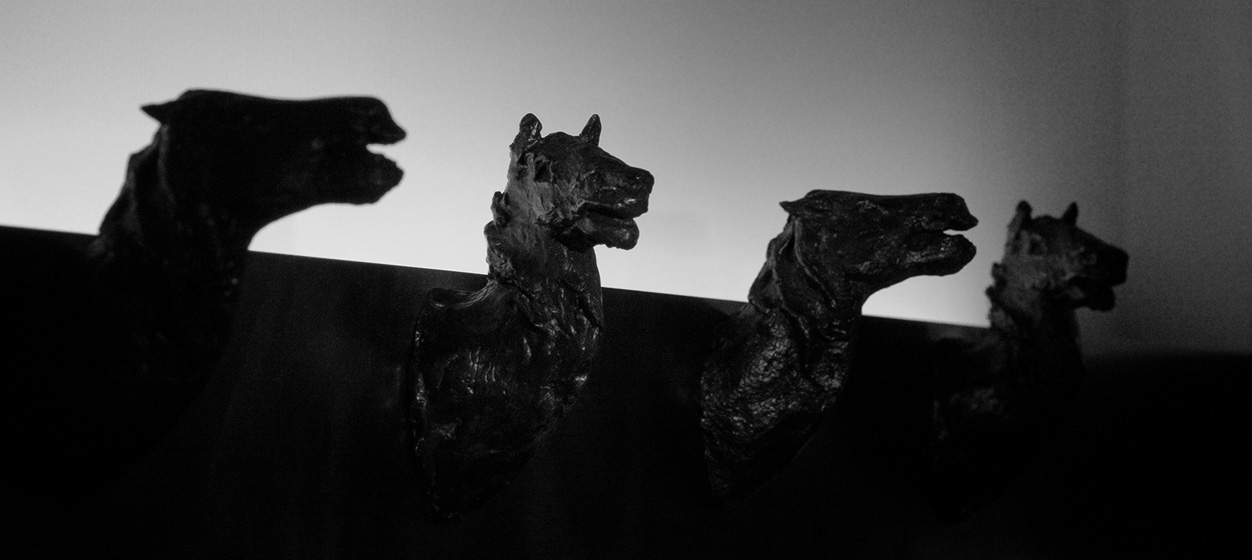≃ Mathieu Bonardet
Liaigre invites the Franco-Belgian artist Mathieu Bonardet to 77 rue du Faubourg Saint-Honoré in Paris, under the workshop’s skylight.
Exhibition from July 9 to September 21, 2024.
Curator: Carlos Sicilia in partnership with ETC gallery | Photos: Mathieu Bonardet, Samuel Chasseur, Grégory Copitet | Text: Xavier Bourgine
See details
Liaigre invites the Franco-Belgian artist Mathieu Bonardet to 77 rue du Faubourg Saint-Honoré in Paris, under the workshop’s skylight.
Exhibition from July 9 to September 21, 2024.
Curator: Carlos Sicilia in partnership with ETC gallery | Photos: Mathieu Bonardet, Samuel Chasseur, Grégory Copitet | Text: Xavier Bourgine
Close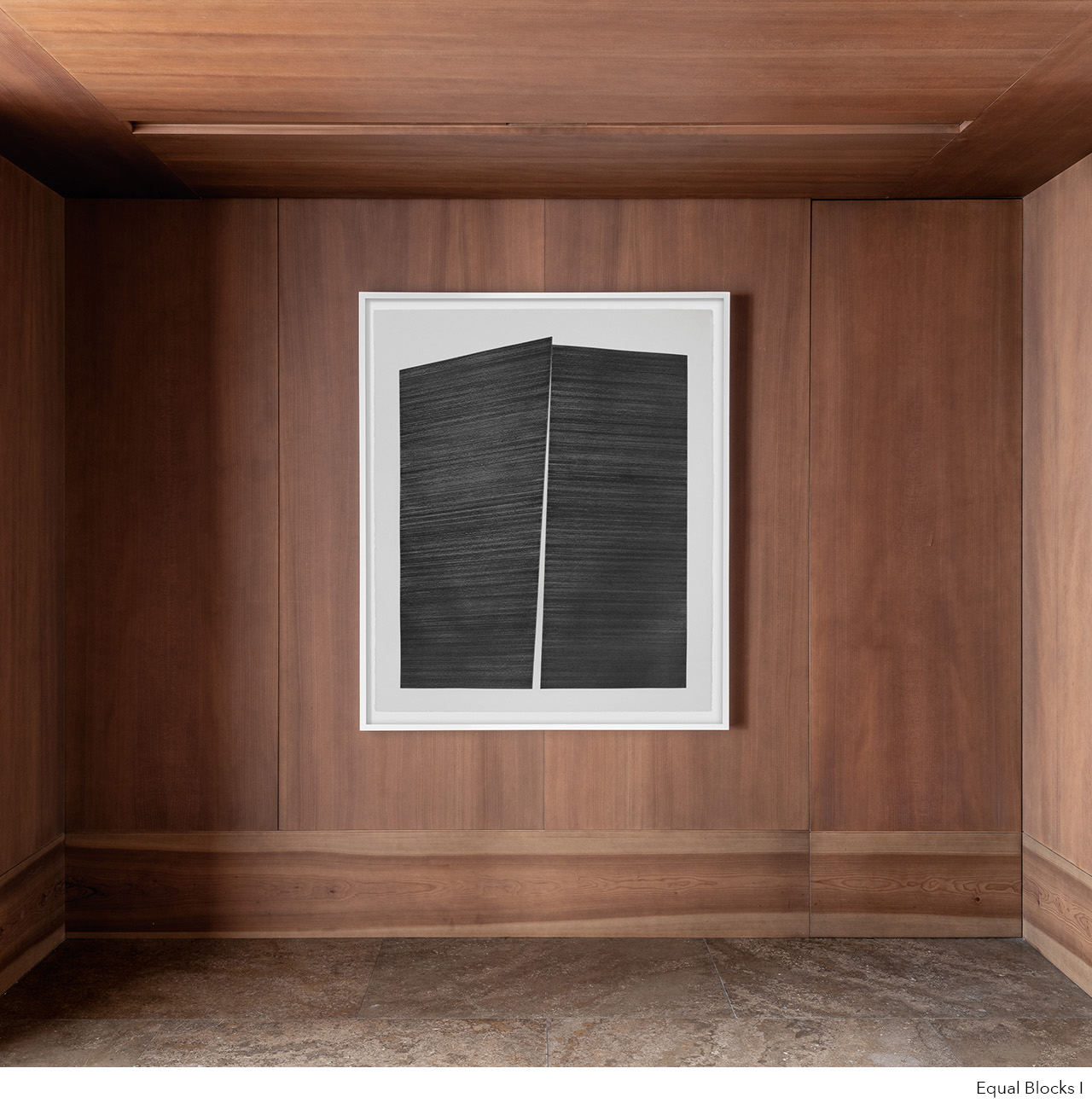
In Mathieu Bonardet’s work, draftsmanship centers around primary physical action and material: drawing lines with graphite. These repetitive lines are both corporeal and temporal inscriptions of the artist’s gesture. The tension generated between two given elements – attraction, rejection, rupture, distance, disparity – nourishes Bonardet’s work and gives body to his diptychs. Drawing and space are intimately linked, dialoguing with the minimalism of the Liaigre style.
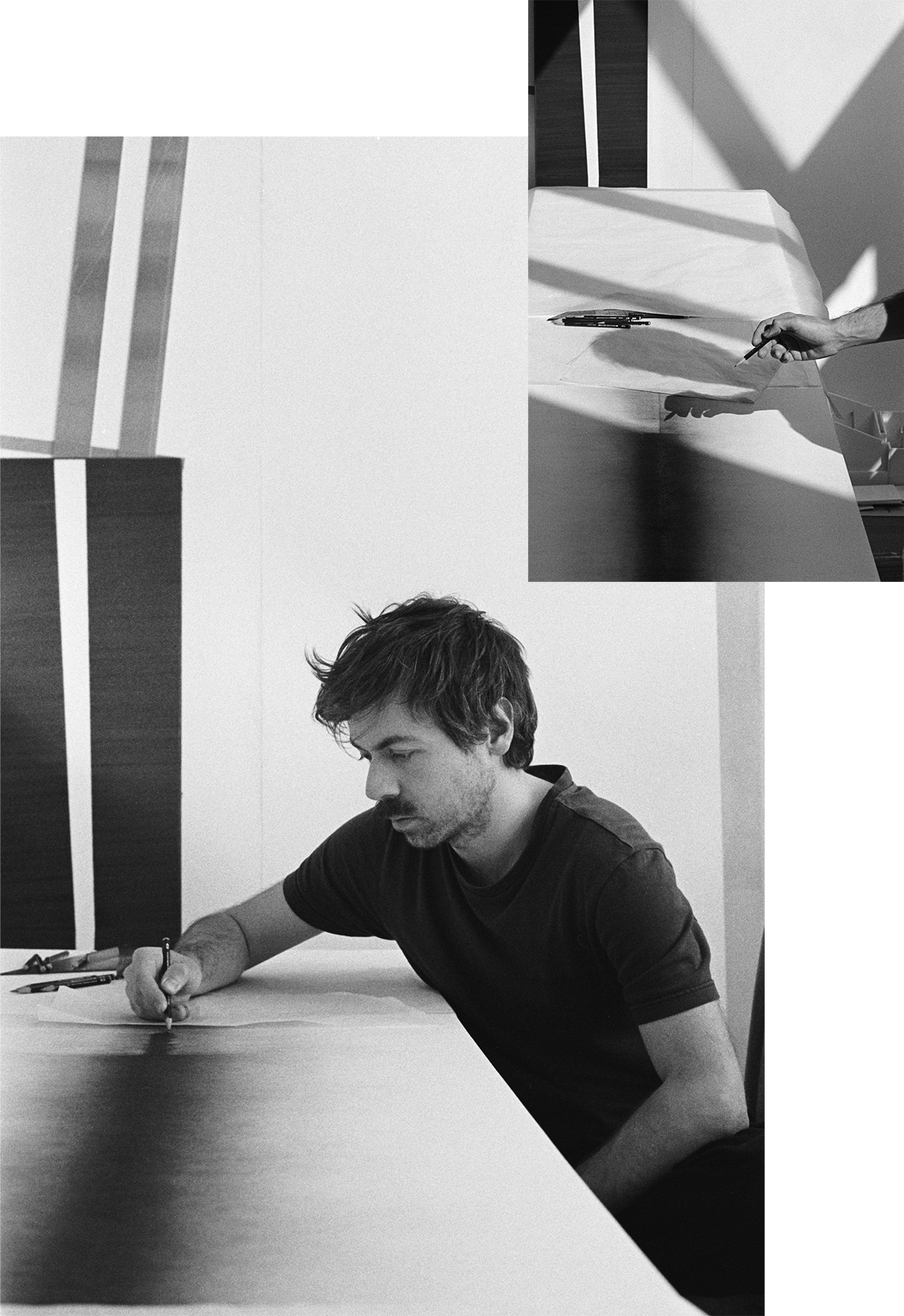
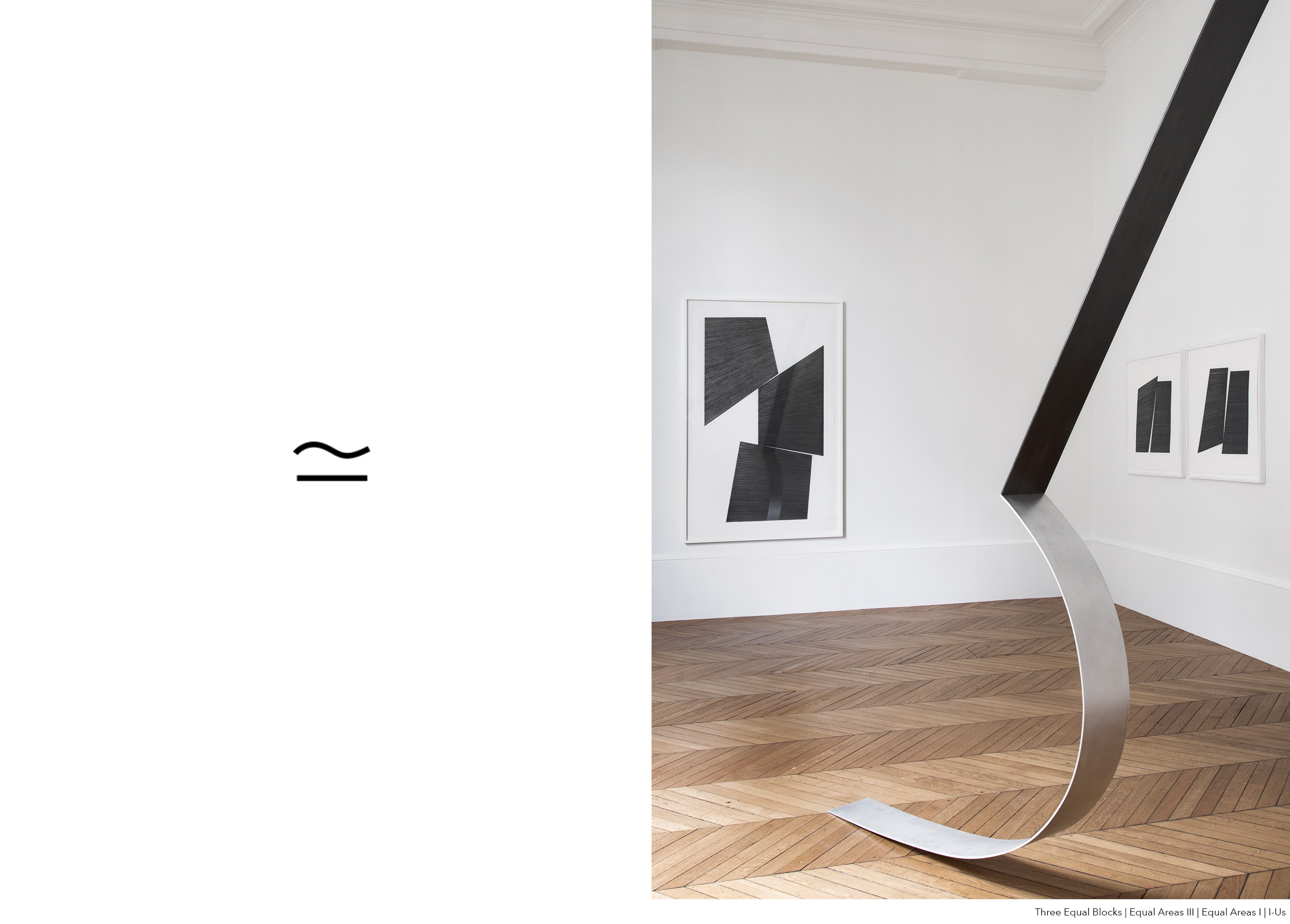
The mathematical sign, the non-meeting of a curved line and a straight line, read as “approximately equal,” immediately evokes the essence of Mathieu Bonardet’s work: a relationship to the interstitial, to duplication, to the repetition of the gesture, to a sameness that is never the same, and a connection to geometry, made tangible here.
The curved line above the straight line directly refers to the series of I/U, aluminum sculptures composed of a straight line and a curve (like the letters I and U) that play with their equality relationship. English reveals the underlying relational aspect of these structures, as we hear I [aI] / You [ˈju] meaning “I” and “you” in French. Behind the algebraic appearance, there is always a human meaning to be found.
I/Us, a straight line caught between two curves, breaks the horizon dear to the artist, an inaccessible demarcation he long sought to circumscribe in his foundational series of Polyptyques pour ligne d’horizon. While the horizon divided a void and a full, I/Us is a materialized drawing line, crossing the space from floor to ceiling.
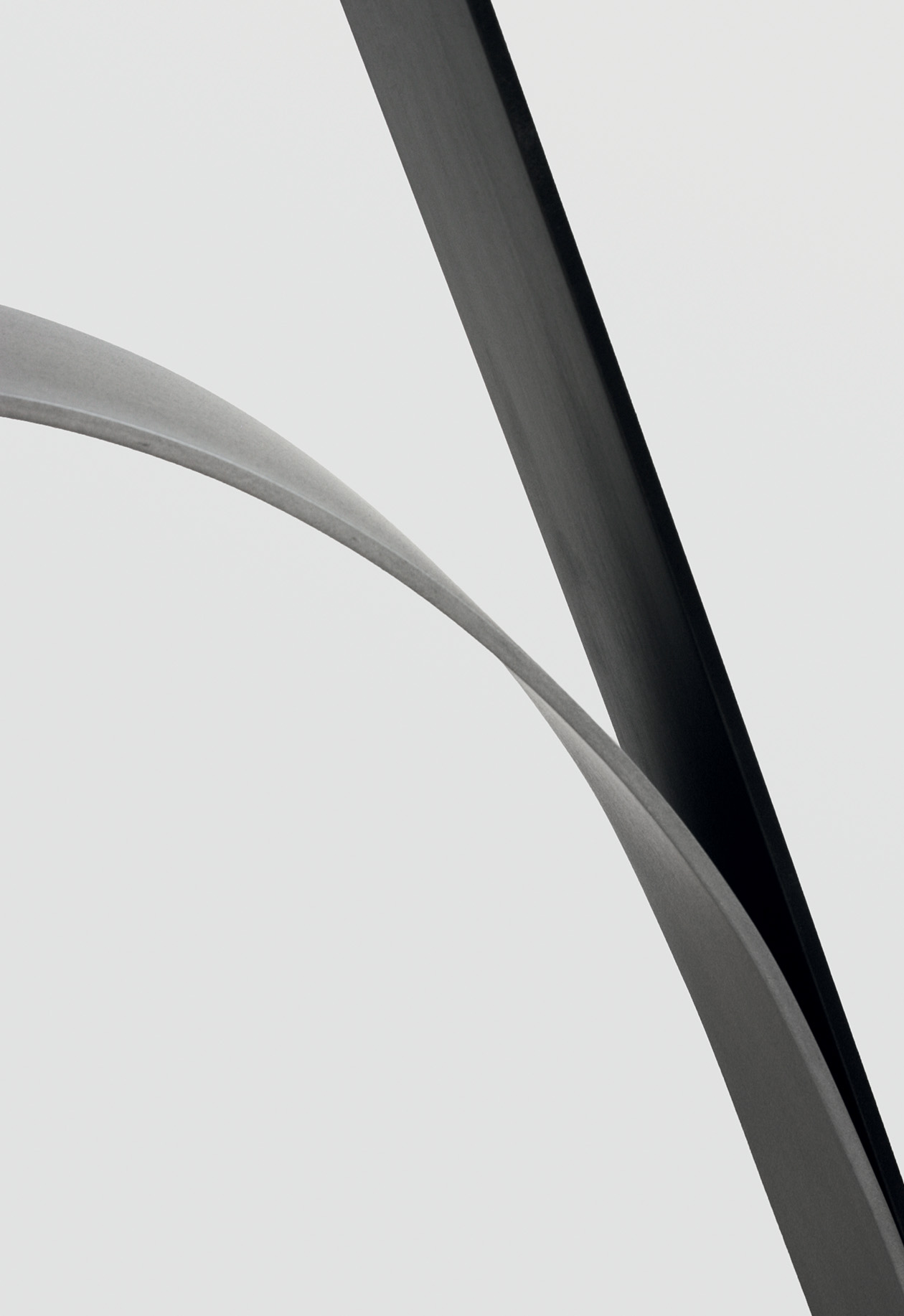
The mathematization, which appeared with the Equal Areas, does not detract from this sensitive reading. These are tension relationships between these two forms, resulting from work with a mathematician that allowed the artist to obtain different figures with equal areas. In Equal Blocks, the drawing occupies a larger surface of the paper, as if the mathematical equivalence sought to extend its territory, asserting through a more monolithic materiality the density acquired by the repetition of a simple gesture: drawing lines with graphite on paper. In contrast, the poignant search for balance animates the Three Blocks, where three equal areas overlap like dreams of sentimental, political, or geological stability in a world increasingly distant
from its ideal representation. An aspiration for altitude, mental or moral, emerges from Isometría, where the same drawing repeats tirelessly, reminiscent of Brancusi’s Endless Column or Donald Judd’s “stacks”. However, Mathieu Bonardet is not fooled by his quest for perfection through repetition and knows well that mathematical accuracy is lost as soon as he draws his figures in pencil; perfection remains confined to the realm of concepts. In our “sur-rational” societies, to use Bachelard’s term, of hyper-control, centime-precise quantification of risks and costs, algorithmic encounters, and statistical surveys, the “approximately” is what remains our freedom and sentiment.
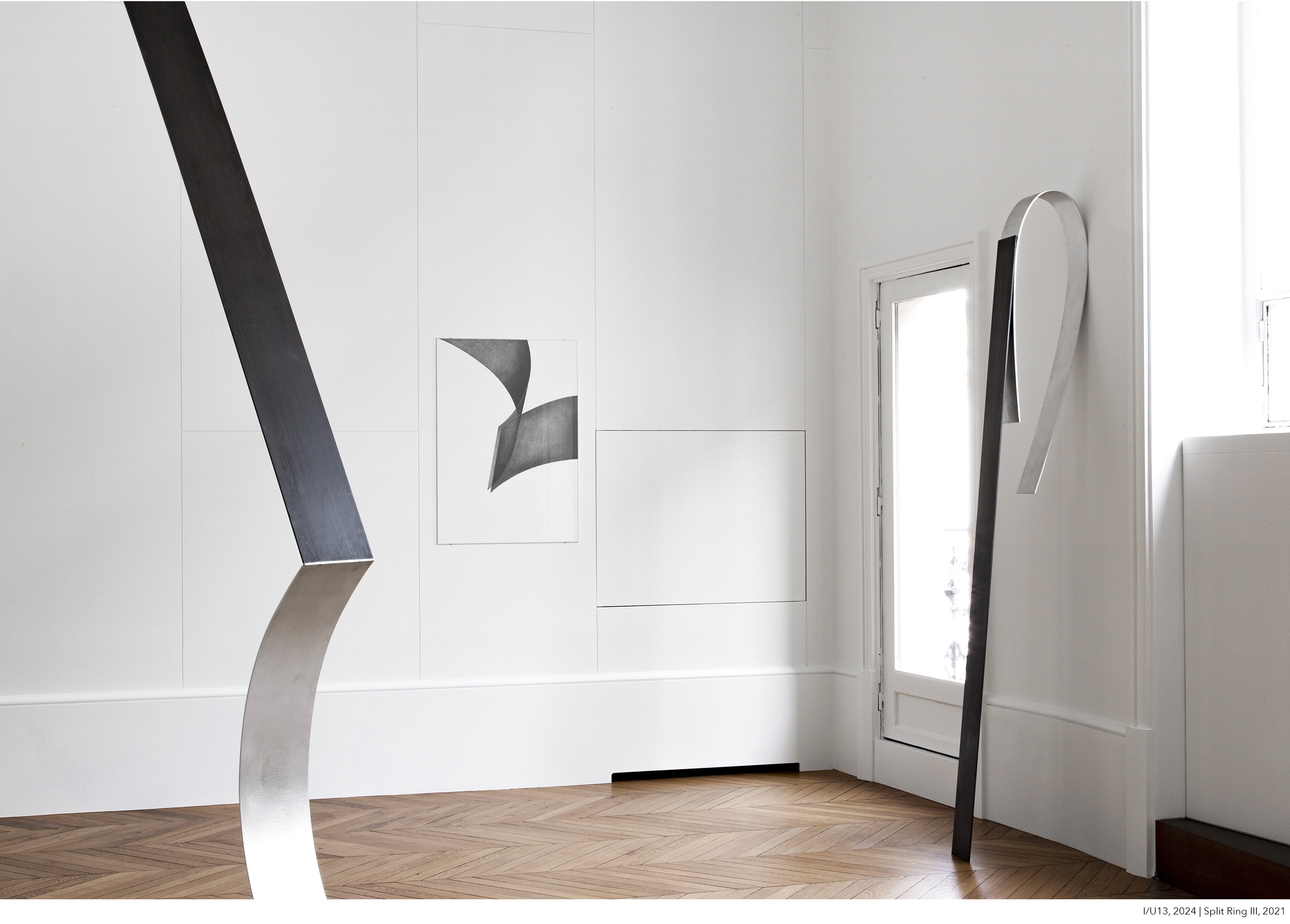
Discover other
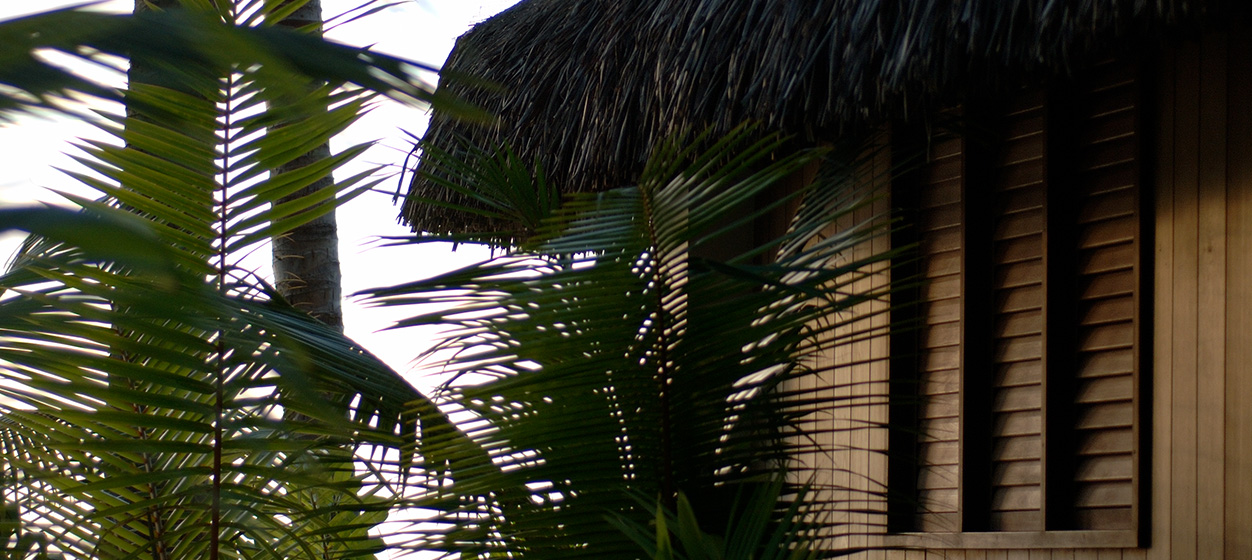
Vacation homes
